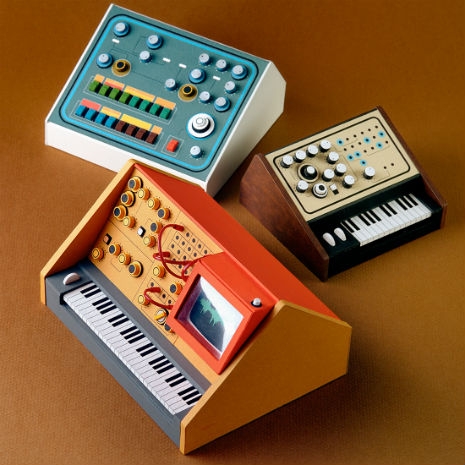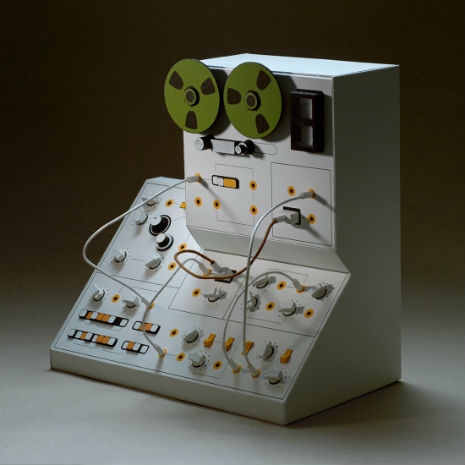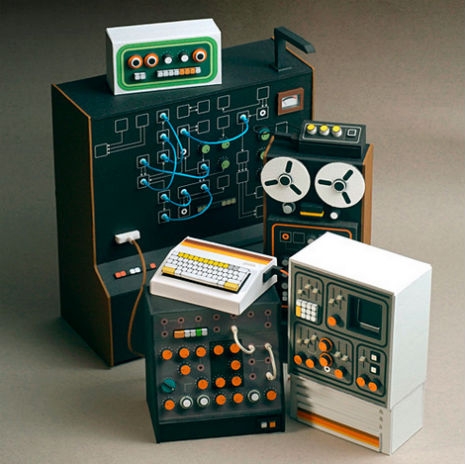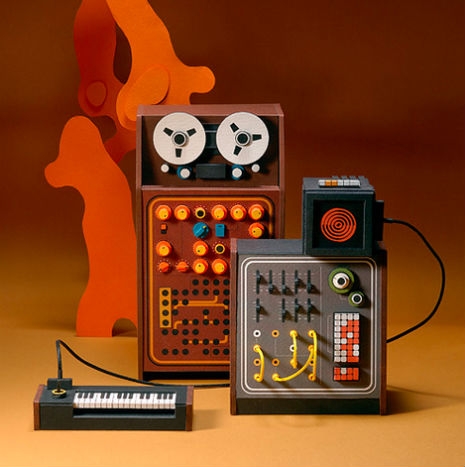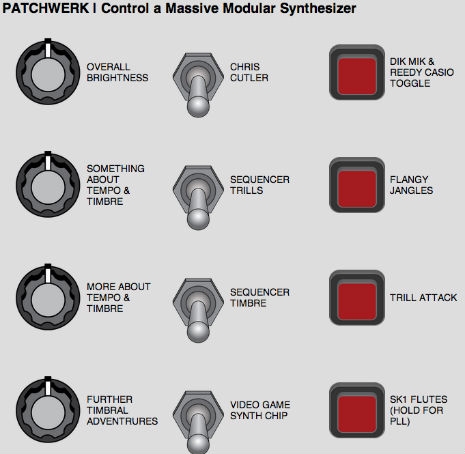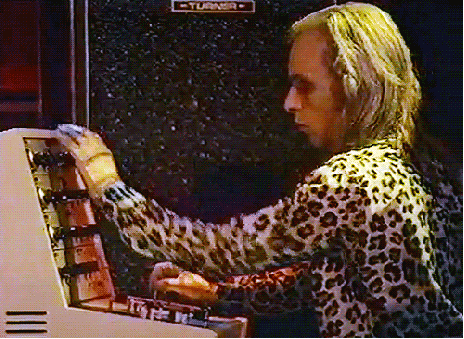
You know, I consider myself a pretty major Yello fan (”Bostich” is one of my all-time favorite songs), but I was unaware until recently that Carlos Perón, one of the two founding members of the band (along with Boris Blank; vocalist Dieter Meier was asked to join later) who left in 1983, has had a flourishing recording and soundtrack composing career ever since. Perón’s last album with Yello was You Gotta Say Yes to Another Excess, but he’d already been recording and releasing solo work prior to leaving the Swiss trio, as early as 1980.
American label Dark Entries is releasing a 4-track EP (vinyl only) by Carlos Perón, Dirty Songs, a collection of songs recorded between 1980 and 1986. The recordings were made with the core setup of an ARP 2600, Roland’s Drumatix, TB-303 and TR-808. “Nothing Is True; Everything Is Permitted (Instrumental)” recorded in 1984 was inspired by William S. Burroughs’ Naked Lunch. “Breaking In (Instrumental)”, from 1984, is a proto electronic body music number meets Chicago acid house (and featuring snare drums played by hand though an Ovaltine box). Originally featured on the soundtrack for a film called Die Schwarze Spinne, the song accompanied breaking into a large pharmaceutical company to steal drugs. On the B-side is “A Dirty Song (Instrumental)”, originally recorded in 1986 which uses one of the earliest Roland SH synthesizers, the SH-1 A, as a solo instrument. “Et” was recorded in 1980 on a 4-track and later and remixed to 8-tracks for Perón’s 1984 Frigorex EP.
All songs have been remastered for vinyl by George Horn at Fantasy Studios in Berkeley. You can listen to Dirty Songs below, courtesy of Dark Entries:






